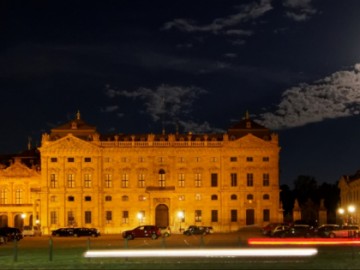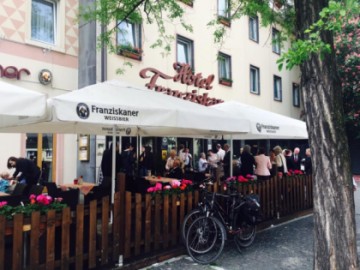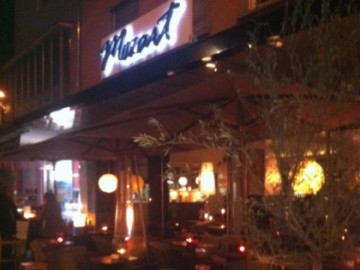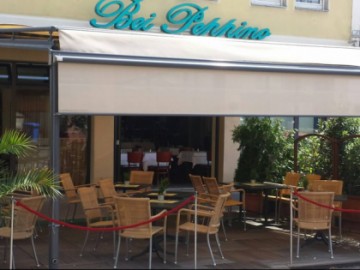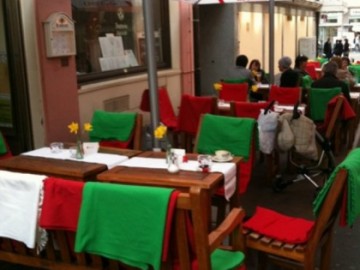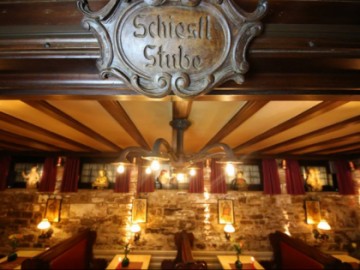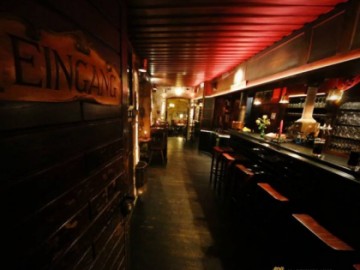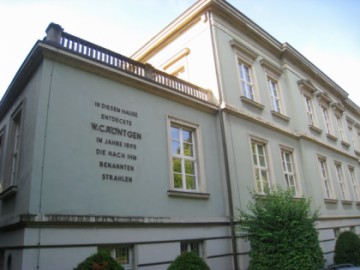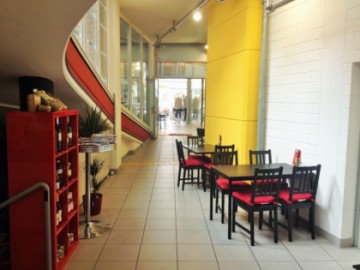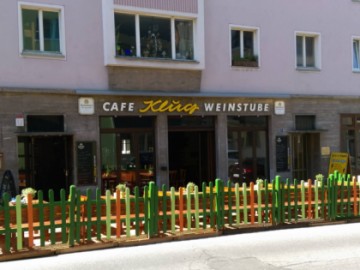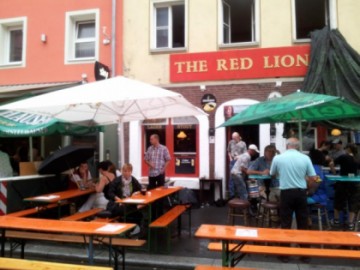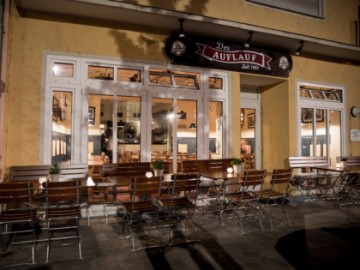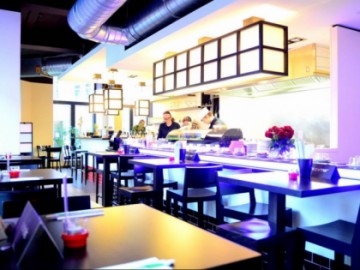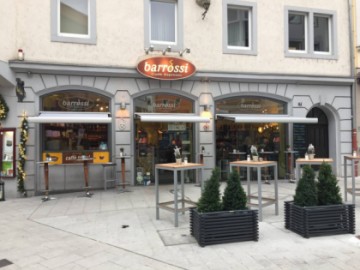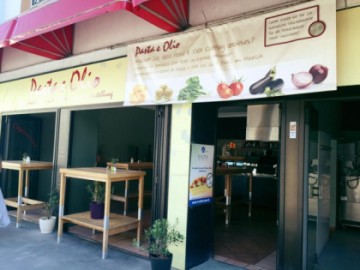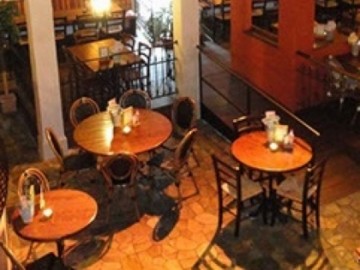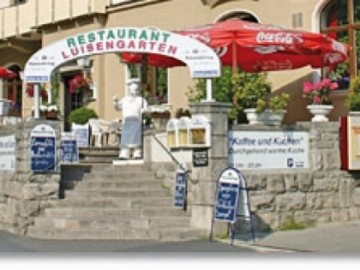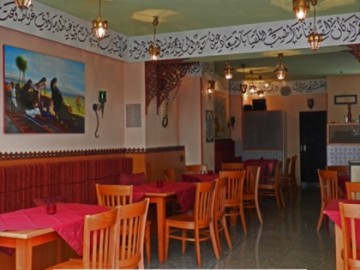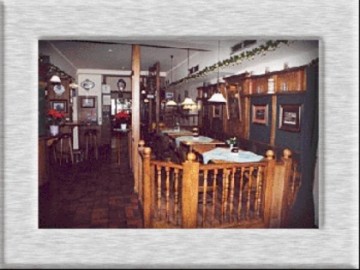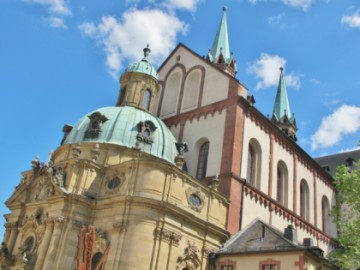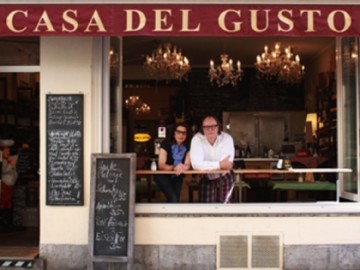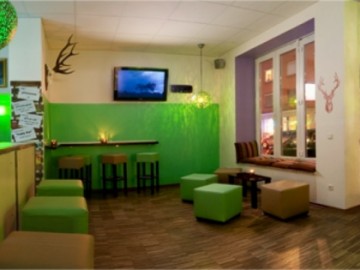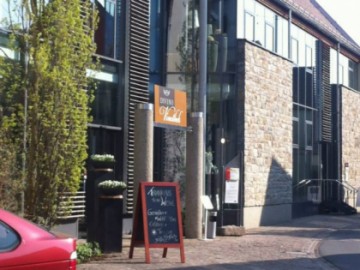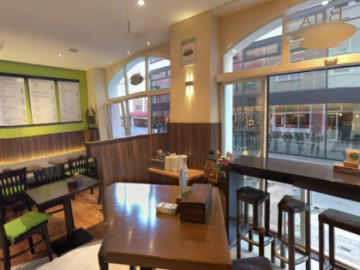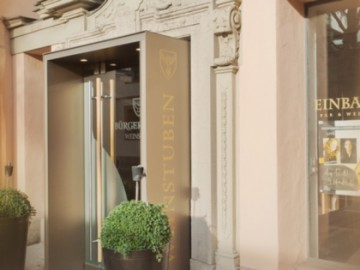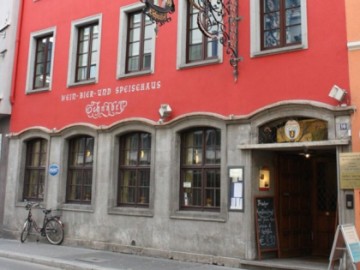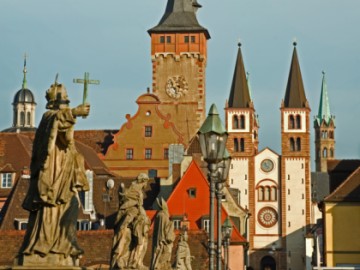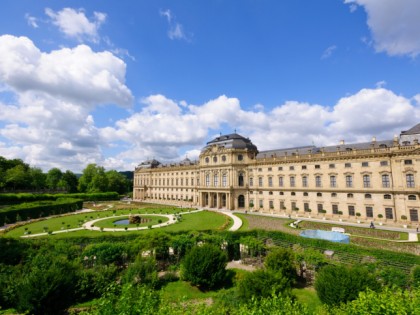Würzburger Residenz, the German answer to Versailles and Schönbrunn
The main palace complex of Würzburg – the bishop residence – was constructed in the first half of the 18th century. Architect Balthazar Neumann worked on the project at the age of 33 on the order of prince archbishops of Würzburg. They, notwithstanding the holy order, did not want to yield to other German feudal lords who preferred Baroque.
As a result, Neumann’s creation entered the same league as the best examples of European baroque. Würzburg residence is usually compared to Versailles and Vienna palace of Schönbrunn – so complete the complex turned out to be. Residence of the prince archbishops is also famous for its interior. Here you can see the vastest ceiling frescos in the world! Their author is Italian Giovanni Battista Tiepolo. The residence palace amazes with its rich ornamentation, which does not comply with the modest title of the archbishops of Würzburg. Interior design of the cathedral has even received its own name from art historians – “Würzburg Rococo”. Würzburg palace ensemble was greatly loved by Napoleon Bonaparte. During his journeys around Europe, the emperor stayed in the residence three times.
Special requests of the bishops, who wished to relocate wine cellars from Marienberg castle to the new residence, were taken into consideration during the construction of the residence. Today the wine cellars of the residence are among the vastest wine storages in Germany. During the day excursions are conducted every hour. There are also thematic night gatherings with Franconian wine and candles. Similar to many other buildings in the town, Würzburg residence was severely damaged during the World War II. In 1967 reconstruction works in Würzburg were completed. In 1981 the residence was included in the list of UNESCO world heritage.
